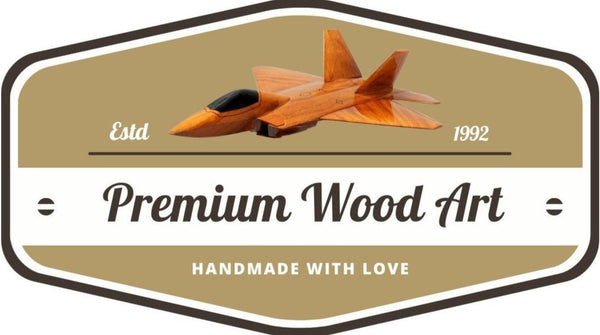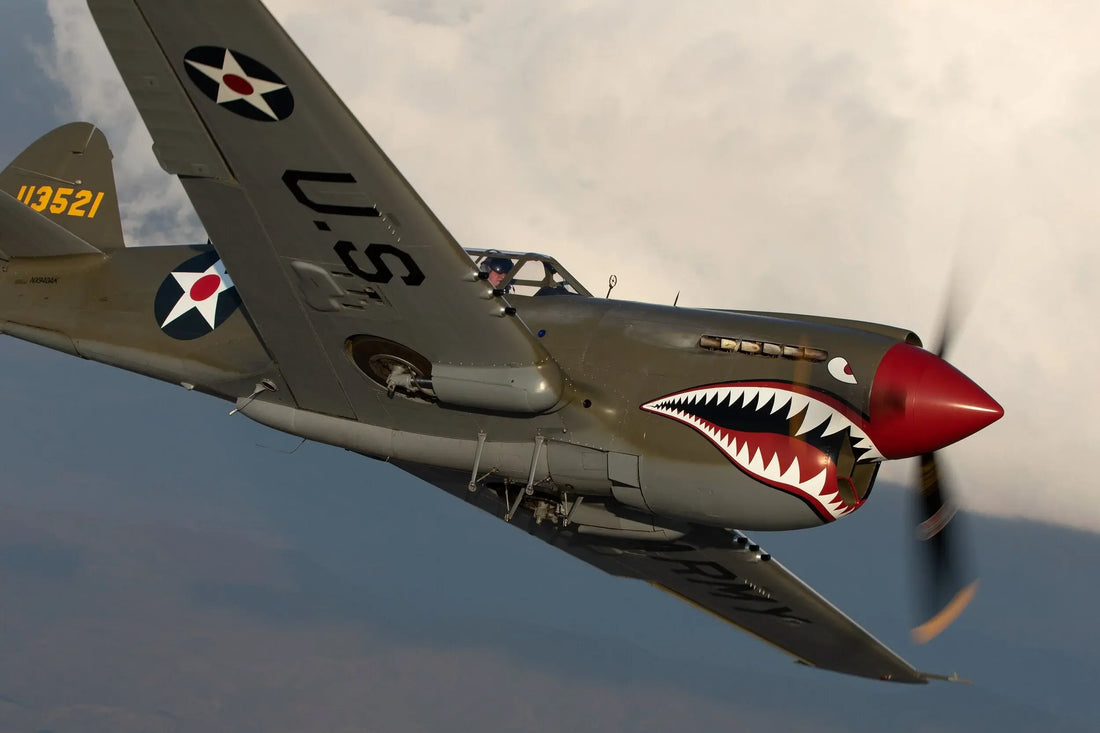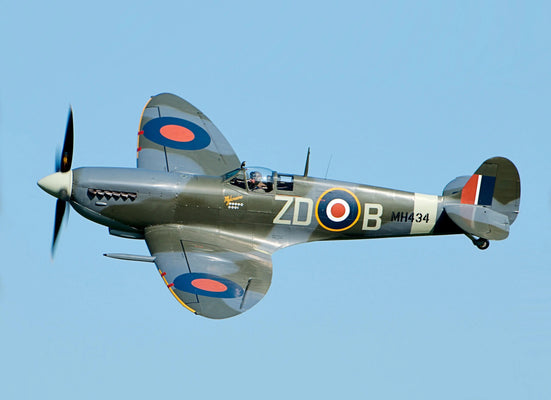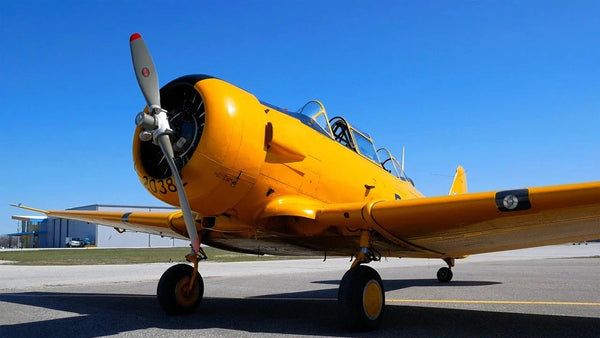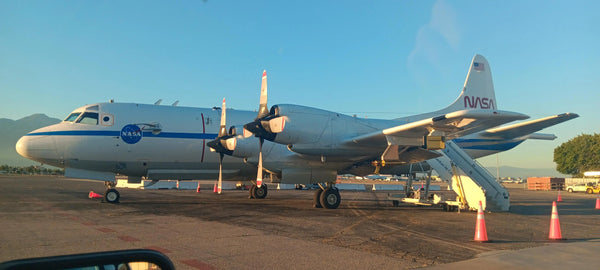A Dawn of Fire: The Birth of a Legend at Pearl Harbor
The morning of December 7, 1941, dawned bright and deceptively peaceful over the Hawaiian island of Oahu. Then, the sky filled with the buzzing roar of enemy aircraft, and the course of global history shifted instantly. Amidst the chaos and smoke billowing from Battleship Row, the story of American resilience found its first sharp edges in the form of a rugged fighter plane. As chaos reigned, a few American pilots scrambled to their Curtiss P-40 Warhawks, the sturdy World War II fighter planes that, despite being initially outclassed by many of their contemporaries, would soon etch their names into legend, starting with their defiant stand at Pearl Harbor P-40 airfields. This aircraft, instantly recognizable by its aggressive profile and the promise of its eventual "shark mouth" livery, became more than just a machine; it was the symbol of defiance that America desperately needed. This is the story of the P-40 Warhawk, an enduring workhorse that battled across every major theatre, from the tropical islands of the Pacific to the scorching sands of North Africa, a true global warrior.

The Genesis of the Warhawk: Engineering Under Pressure
The genesis of this legendary machine, the P-40 fighter aircraft, was born from urgency and the continuous, rapid evolution of pre-war aviation technology. Its design lineage traces back to the earlier Curtiss P-36 Hawk, a sturdy monoplane that provided a solid foundation upon which to build a fighter capable of meeting the demands of modern warfare. As the storm clouds of conflict gathered across Europe and Asia, the United States recognized the immediate need for a fast, reliable, and easily mass-produced fighter. Curtiss-Wright, working quickly, adapted the P-36’s airframe to house the powerful Allison V-1710 liquid-cooled engine, resulting in the P-40. While it lacked the high-altitude performance of later American designs, the P-40 possessed two vital qualities: its structural toughness and the speed with which it could be manufactured, making it a crucial American WWII aircraft capable of rapid deployment at a time when the world was running out of time. This immediate availability meant the P-40 was thrust into frontline service long before more technologically advanced fighters could be perfected.

Built to Last: The Warhawk’s Design and Combat Spirit
Built to endure the harshest conditions, the P-40 Warhawk quickly established itself as a true classic warbird. Unlike some of its high-performance counterparts, which were delicate and complex, the P-40 was relatively simple to maintain, a critical advantage when operating from makeshift forward airfields with limited resources. Its all-metal, semi-monocoque fuselage offered exceptional structural integrity, allowing the aircraft to absorb tremendous amounts of battle damage and still bring its pilot home—a feature beloved by every flyer who depended on it. While it could not match the climb rate of the formidable Messerschmitt Bf 109 or the infamous Japanese Zero, its high diving speed and superior durability allowed it to employ devastating "hit-and-run" tactics. It was, however, the striking aesthetic—the distinctive shark-mouth painted onto the nose—that made the aircraft an instant global icon, a piece of WWII aviation engineering that was as terrifying to its opponents as it was reassuring to the Allied troops it protected.
Baptism of Fire: Pearl Harbor and the Pacific Campaign
The Warhawk’s baptism of fire was sudden and brutal. When the Japanese struck, the few available P-40s at Pearl Harbor and nearby fields roared to life. In a chaotic situation where most of the U.S. air fleet was destroyed on the ground, two pilots—Second Lieutenants George S. Welch and Kenneth M. Taylor—managed to get airborne in their Warhawks and engage the attackers, claiming several confirmed kills. Their courageous, impossible stand proved the aircraft’s reliability under fire and became one of the few moments of heroism on a day of devastating loss. Beyond the initial shock, the P-40 quickly became the primary defense fighter in the Pacific theatre. From the desperate defense of the Philippines to the harsh, remote battlegrounds of the Dutch East Indies and New Guinea, the Curtiss P-40 soldiered on. It was a fighter that relied on the pilot’s skill and the plane’s inherent toughness rather than raw technological superiority, teaching a generation of American pilots how to fight smart and survive.

The Flying Tigers: Heroes in the Skies of China
Perhaps the most legendary chapter in the P-40's story belongs to a group of volunteer American pilots fighting under the banner of the Republic of China: the American Volunteer Group (AVG), better known as the Flying Tigers P-40. Operating out of Kunming, China, before America officially entered the war, this small force, flying their Warhawks, achieved legendary status battling the overwhelming numerical superiority of the Japanese air force. It was the AVG that popularized the iconic shark-mouth nose art, inspired by British pilots in North Africa, which transformed the Warhawk into a symbol of ferocious defiance. The Flying Tigers, recognizing the Zero's superior maneuverability at low speeds, adopted a strategy that perfectly exploited the P-40 Warhawk's strengths: high-speed diving attacks and climbs, avoiding the turning dogfight at all costs. This “slash and run” approach, developed by AVG leader Claire Chennault, allowed the Flying Tigers to achieve an astonishing confirmed kill ratio, turning the P-40 Warhawk into a potent tool of psychological warfare and a powerful symbol of Allied resistance in the Far East.

Desert Warrior: The P-40 in North Africa and the Mediterranean
As the conflict broadened, the P-40 found its true element not in the humid skies of the Pacific, but over the scorching deserts of North Africa and the Mediterranean. Here, the low-to-medium altitude focus of the P-40 fighter aircraft proved ideal for the theatre's air-to-ground missions and the type of air combat waged there. Under British and Commonwealth designations, the Warhawk became known as the Tomahawk and, later, the Kittyhawk. In the punishing conditions of the desert, where sand and heat battered sensitive equipment, the robust nature of the P-40 Warhawk once again shone. It became the backbone of the Desert Air Force, flying alongside the Supermarine Spitfire and excelling in the crucial role of ground attack and low-altitude protection for Allied ground troops during the pivotal North Africa air battles. Its dependable, armor-plated structure allowed it to weather tremendous punishment from ground fire, ensuring that it was the machine pilots trusted most to support the troops below. The Warhawk’s service in the desert cemented its reputation as a tireless, trustworthy American WWII aircraft.
Legacy of a Workhorse: The Enduring Symbol of Courage
The legacy of the P-40 Warhawk is therefore not defined by a single record-breaking technological achievement, but by its sheer ubiquity, toughness, and the pivotal roles it played at the most desperate junctures of the war. Its early service ensured Allied presence in the crucial first years of the conflict, bridging the gap until the P-51 Mustang and P-47 Thunderbolt became widely available. It remains a beloved vintage fighter plane for enthusiasts and historians, a powerful reminder of the period when ingenuity and grit were equally as important as horsepower. Today, examples of the P-40 Warhawk model are highly sought after by collectors, each one representing a piece of aviation history forged in the fire of combat. This enduring admiration for the fighter's defiant spirit ensures that the P-40 aircraft history continues to be celebrated, long after the last official military flight.
The Spirit Lives On: Collecting the P-40 Warhawk
For collectors and those seeking a tangible connection to the era, the spirit of the Warhawk lives on. The meticulous craftsmanship found in a P-40 wood model captures the sleek lines and aggressive posture of this legendary aircraft. As a stunning collectible aircraft model, it is more than a display piece; it is a salute to the pilots who took on impossible odds and the WWII aviation engineering that made their heroism possible. From the scramble at Pearl Harbor to the dusty victories in the desert skies, the Curtiss P-40 remains a powerful, instantly recognizable icon of resilience and innovation in WWII aviation history.
Tribute to the P-40
The P-40 Warhawk embodies the courage and determination that defined World War II. Its iconic shark-mouth livery and rugged design represent a pivotal moment in the fight for freedom. If you are an aviation enthusiast, historian, or collector, own a piece of this remarkable. Explore our exclusive collection of hand-crafted P-40 Warhawk wood models at Premium Wood Art. Each model captures the perfect details of this classic warbird, offering a lasting tribute to the Flying Tigers and all the men who flew this indispensable vintage fighter plane.
Claim My P-40 Warhawk Model ✈️